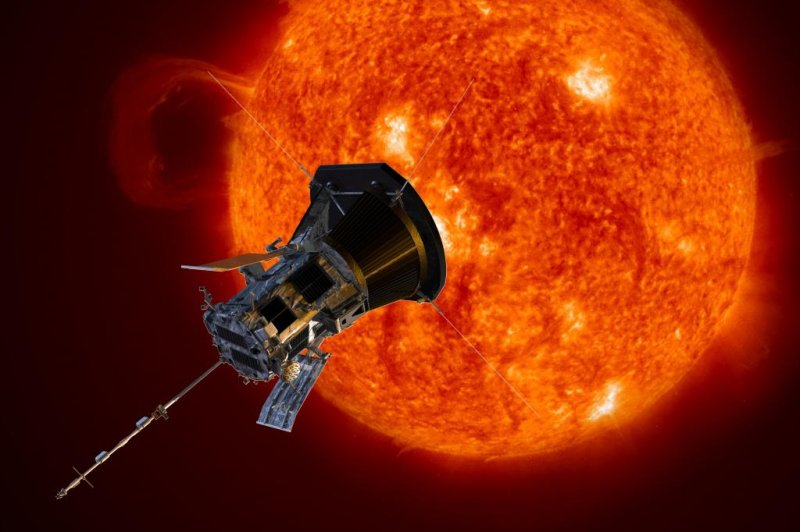Launched in 2018, Parker has come within 15 million miles (25 million kilometers) of the sun and will get increasingly closer — within 4 million miles (6 million kilometers) — over the next six years. It's completed three of 24 orbits of the sun, dipping well into the corona, or upper atmosphere. The goal of the mission is to shed light on some of the mysteries surrounding the sun. Parker will sweep past Venus on Dec. 26 for the second gravity-assist of the $1.5 billion mission and make its fourth close solar encounter in January. As Parker gets even closer to its target, the sun will go through an active phase “so we can expect even more exciting results soon,” University College London's Daniel Verscharen wrote in an accompanying editorial. Verscharen was not part of the mission.
Credits:
https://katu.com/news/nation-world/surprising-1st-results-from-nasas-sun-skimming-spacecraft-12-05-2019

No comments:
Post a Comment